Sustainability is immensely important within many work sectors to ensure the future of our planet. However, it has also unfortunately been used as a corporate buzzword used in a meaningless way by companies to boost their social image. Real change towards a sustainable future comes first with real action and there have been some good examples of this in recent years. The efforts within architecture in building towards sustainability show great promise for the future.
This is especially important in 2022 as the climate crisis is no longer a problem for tomorrow. This being said let’s explore how architecture is adapting to support a sustainable future.
What is Sustainable Architecture?
According to the World Commission on Environment and Development, sustainability can be defined as development that meets the needs of the present without compromising the ability of future generations to meet their needs.
In order to apply this concept within architecture, it is required that design to create living environments that are healthy whilst mitigating negative environmental impacts. It also requires architecture to lessen its use of energy consumption and human resources.
In order for architecture to be more sustainable there needs to be a change that’s reflected within building materials, construction methods, resources, and design.
Architectural design must also facilitate sustainable operation during building life cycles, including a building’s disposal.
Some may also refer to sustainable architecture as green architecture. The challenge is for architects to produce smart designs and use the technology available to them to ensure that structures generate as little harmful effect on the environment as possible.
Why Is it Important For Architecture to Adapt for the Environment?
Why is building towards sustainability important? While Cities continue to expand with more buildings and more businesses, the earth, unfortunately, expanding at the same rate. This continuous growth is causing a huge negative impact on the environment. The reason is that the process of developing new habitats for our communities requires vast amounts of natural resources. Furthermore, the earth does not have an unlimited supply of resources to match the pace of modern growth.
According to statistics provided by the UN Environmental Global Status Report 2017, buildings and construction account for more than 35% of global energy use. It is also responsible for nearly 40% of CO3 emissions. These numbers are lower than those reported in 2010. However, there is still a long way to go for the industry.
Environmental and Economical Benefits of Sustainable Architecture:
A few environmental benefits of environmental architecture and building towards sustainability include:
- Conservation and restoration of natural resources
- A reduction in energy use and waste
- Ecosystems and environmental biodiversity are provided greater protection
- An improvement in air and water quality
Alternatively, some economical benefits include
- Restoration and conservation of natural resources
- A reduction in energy use and waste
- Protection of ecosystems and environmental biodiversity
- Improvement of air and water quality
How Can Sustainable Architecture Be Achieved in 2022 – Building Towards Sustainability
The term “sustainability” is so easily thrown around in recent years without any real meaning. However, sustainability within architecture is complex and requires real action to be achieved meaningfully.
There are several ways in which sustainability can be accounted for within building practices including with the use of; materials, energy, resources, space, planning, weather a well as many other factors. This practice requires the input of experts in the field with the latest methodologies and techniques that are both effective and cost-efficient.
The Planning Phase
One of the most important phases of development that need to be considered for sustainable architecture is the planning phase. At these early stages, architects who specialize in sustainability are required to create a plan that incorporates environmental awareness into numerous aspects of the construction process. Architects must be knowledgeable on how to make the most of innovative materials and advancements within construction to ensure an effective end result.
Standards
Voluntary sustainability standards help address and compare the level of sustainable design and construction achieved in buildings. In the UK, projects can apply for a BREEAM Certification. This international scheme provides independent third-party certification of the assessments of the performance in sustainability for buildings, infrastructure, and communities.
In short, this means that in order to achieve the highest level BREEAM sustainability standards, property owners must make it a priority to consult with experts in the field who can provide advice on sustainability for design and construction projects.
To achieve this high standard, you must include significant consultant involvement during the earliest RIBA Design stages to ensure sustainability issues are addressed and included within the project.
Implementing Renewable Energy
One of the best ways of building towards sustainability is through renewable energy. There are several options that can be considered here from solar and wind power. These kinds of energy sources can be incorporated by architects into initial designs and plans.
However, the location of a building will determine whether wind energy is viable over fossil fuels. Alternatively, solar panels are great as they are effective in most locations.
Recycling Water
Although we rightly put a lot of emphasis on our carbon footprint, it is also important to consider your water footprint.
Architecture in the modern age has focused on adding features to buildings that will help recycle water within them. One way to do so is with the use of greywater. This is water that has been collected from sinks, showers and washing machines, and other utilities. This water is not drinkable, however can be reused for the sake of watering plants.
Doing so prevents greywater from being added to sewer water. When added to sewer water it will need to go through a stringent filtering system that uses a considerable amount of energy. Thus by implementing greywater pumps, both water and energy are saved simultaneously.
Green Areas
A sustainable solution in built-up areas such as cities is green areas. Architects can design a garden for rooftops that will help remove pollution whilst offering a haven for wildlife. Plants take in carbon dioxide releasing oxygen back into the atmosphere, thus reducing smog and pollution.
As both individuals and corporations become more aware of climate change, a call for architects to adopt eco-friendly solutions will only rise and green areas are a small step in the right direction.
Sustainable Materials
In order to ensure that a building doesn’t use materials of a finite resource, architects are instead turning to recycled or reclaimed materials. These not only require less energy to create but also reduce waste produced at construction sites. Reclaimed materials such as reclaimed glass, timber, and plastic can be used in new builds. Additionally, more traditional and alternative materials such as mud and bamboo may also be considered during the design stages of construction.
Materials used for builds will depend on the durability and resilience required. Architects will also look at sources locally, as fewer transport methods will be needed which use energy.
Overcoming Challenges in Architectural Sustainability in 2022
Sustainable architecture is beneficial for many reasons. It helps businesses, communities and the economy, and the environment as a whole. In recent years, more and more countries have leaned towards sustainability. However, there is not enough being done to keep up with the increasing demand for resources.
In addition, there are several challenges that can hinder advancements within sustainable architecture. One of which is the monetary cost. A sustainable structure may save you money long-term. However, there is still a common belief that sustainable materials and methods are less cost-efficient than traditional resources.
However, this is not always true. For this reason, it is essential to involve experts in the early design process stages. By working with a design team that understands the complexities involved with constructing sustainable buildings, you ensure proven solutions with an environmental benefit and are cost-effective.
Our Commitment
Here at Blakeney Leigh, we take sustainability seriously and we are committed to sustainable building. We are knowledgeable about traditional and modern construction methods and materials. Furthermore, we always ensure that our designs always balance sustainability with practicality and cost constraints.
However, do not just take our word for it. Not only are we regulated by RIC’s we’re also ICO 9001- certified and accredited by Exor (gold) as well as Constructionline and Chas.
More About Blakeney Leigh – A Construction Consultancy You Can Trust!
Established in 1986, our dedicated team here at Blakeney Leigh has been delivering high-quality building, construction, and property services to our clients for over 30 years. We use only the highest quality in terms of materials and using our knowledge and experience, ensure we meet the very latest industry standards.
We know how important safety is within a property – it should be a priority for all housing developments. And so, our team is always on hand to answer any queries and confidently handle any concerns you may have, particularly surrounding cladding which has been a seriously neglected topic. Failure to work with a reputable, established consultancy could not only see you face additional unnecessary expenses but it may also be adding significant risk to residential safety.
Are you looking to begin a home development project and want to work with a trusted, reputable construction consultancy? Contact us today here or call 020 8777 7700 and a member of our dedicated team will be more than happy to discuss your individual requirements.


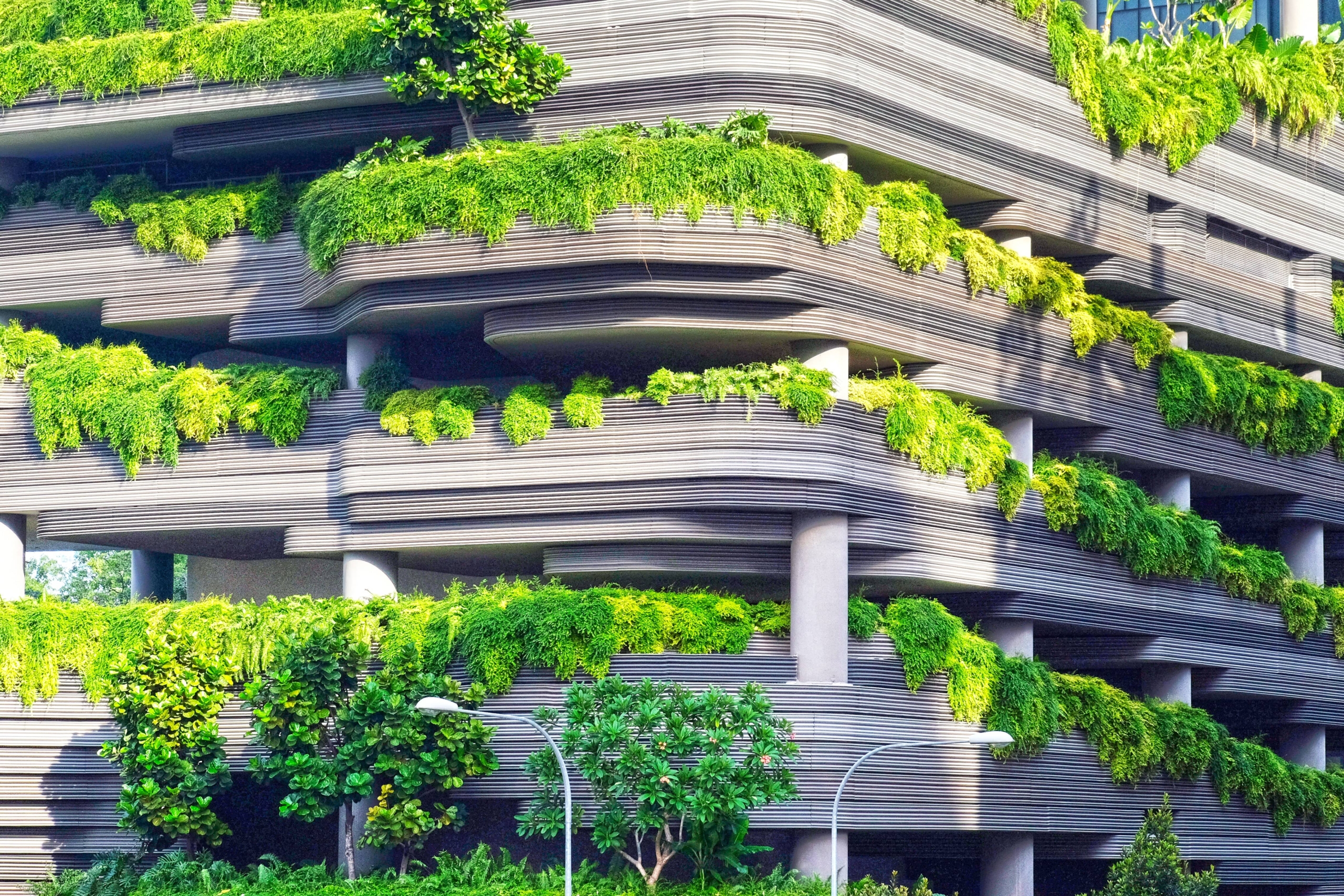
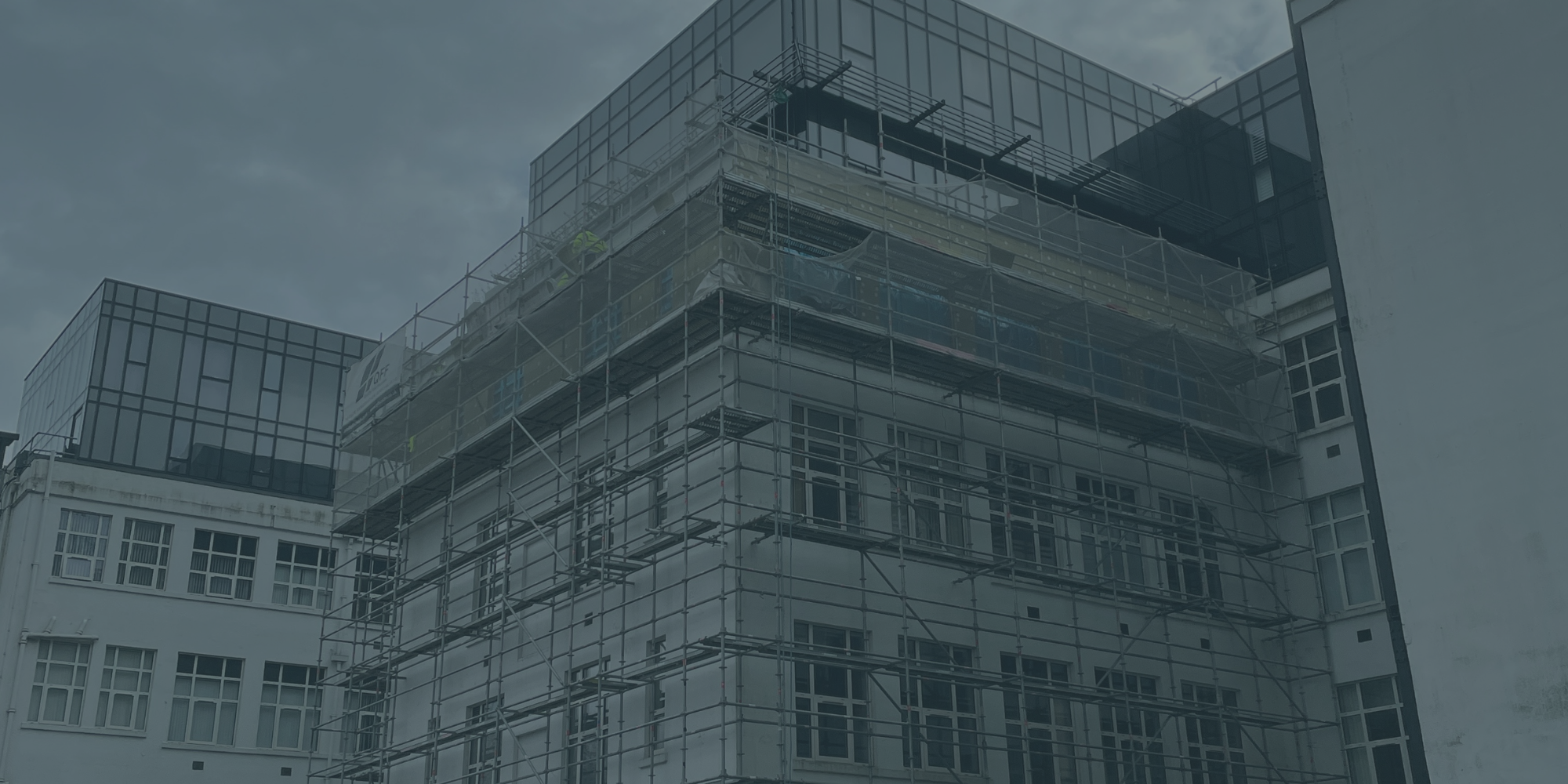

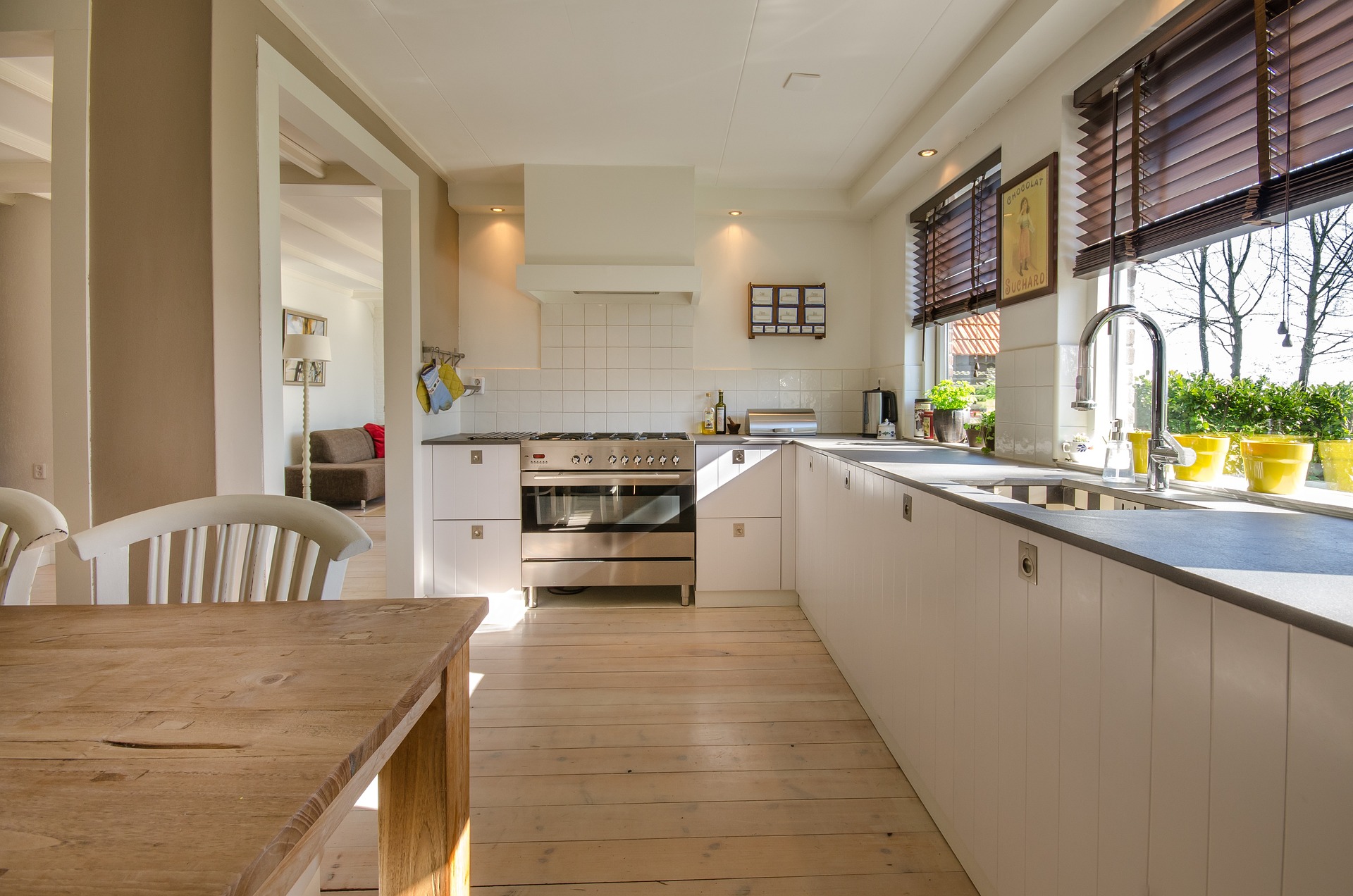



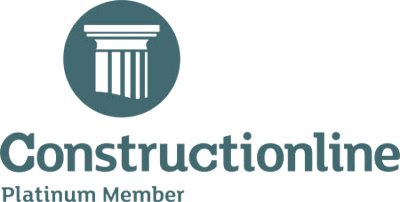


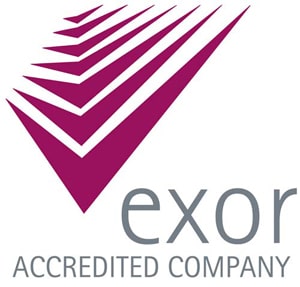

Get Social